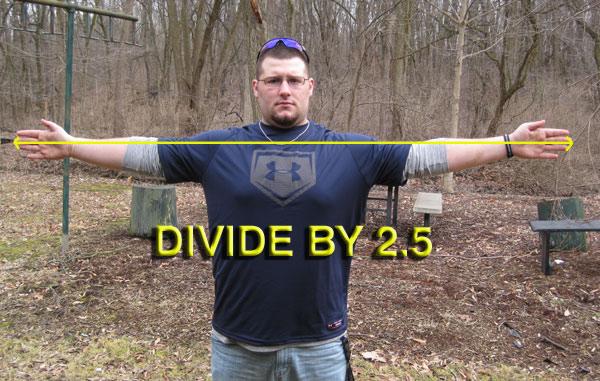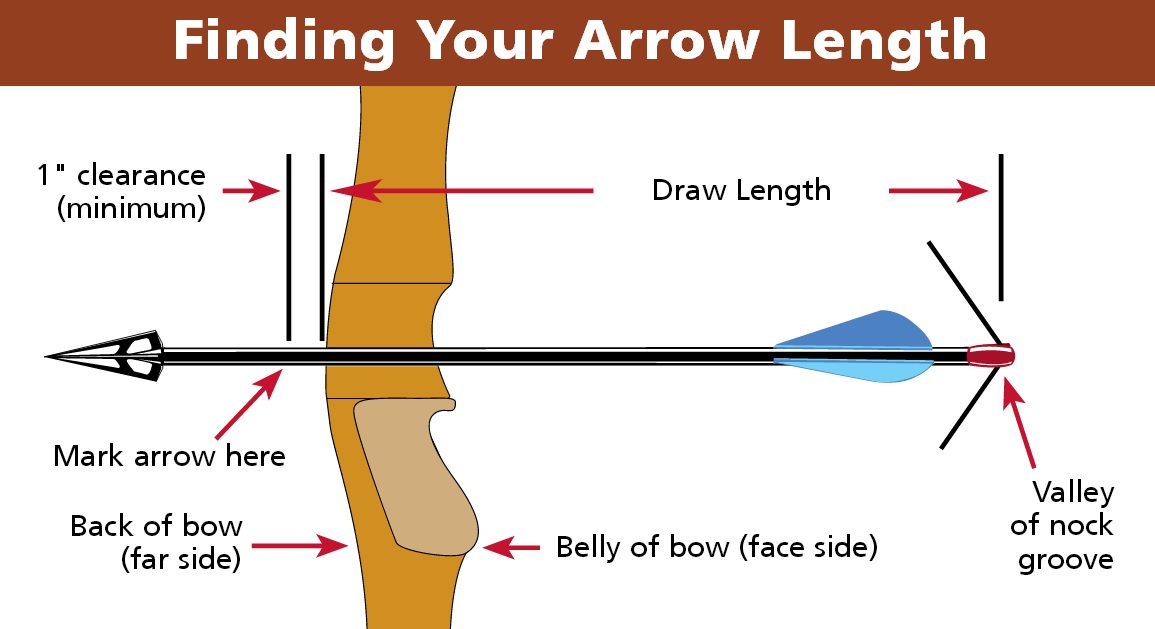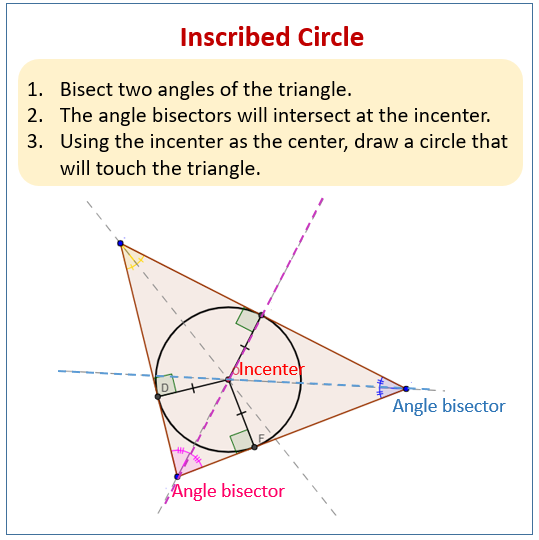Shootingtime method span outstretched
Table of Contents
Table of Contents
As an archery enthusiast, figuring out the right draw length is key to achieving accuracy and precision with your shots. However, determining draw length for a bow can be a daunting task for beginners. In this article, we will explore how to determine draw length for a bow and related keywords that will guide you throughout the process.
Determining Pain Points Related to How to Determine Draw Length for a Bow
When it comes to determining draw length for a bow, some of the common pain points include uncertainty about how to measure oneself correctly, deciding whether to trust a store associate’s measurement, or finding the perfect bow after determining one’s draw length. These are some of the many things that can cause hesitation or frustration.
Answering the Target of How to Determine Draw Length for a Bow
The draw length of a bow refers to the measurement of the distance between the bow’s grip and the bowstring when you draw your bow to a specific length. Determining your draw length requires measuring the length of your arm span and dividing it by 2.5. This result will determine your approximate draw length, which can then be adjusted to meet your needs.
Summary of Main Points Related to How to Determine Draw Length for a Bow
Knowing how to determine your draw length is crucial to ensure a good shot. Our article provides step-by-step guidelines for determining your draw length. The method involves measuring your arm span, doing some simple calculations, and adjusting your draw length as needed. With these steps, you can find your ideal draw length for optimal results.
Understanding How to Determine Draw Length for a Bow
I was in the same position as you when I first decided to try archery. I was clueless when it came to determining my draw length. But after some research and practice, I figured it out. The first thing to do is starting with proper posture and position: stand upright with your arms outstretched and your palms facing forward. Then measure your arm span—from the tip of one middle finger to the other—and divide this number by 2.5. This is your approximate draw length.
 Next, try adapting and adjusting your draw length to your shooting position. A draw length that is too short will result in lost power or accuracy, while a draw length that is too long will cause discomfort, tension, and less accuracy. So, it’s vital to choose the right draw length that feels natural to you and allows you to shoot comfortably and accurately.
Next, try adapting and adjusting your draw length to your shooting position. A draw length that is too short will result in lost power or accuracy, while a draw length that is too long will cause discomfort, tension, and less accuracy. So, it’s vital to choose the right draw length that feels natural to you and allows you to shoot comfortably and accurately.
Adjusting Your Draw Length for Better Results
When you adjust your draw length for a bow, keep in mind that the length of your arrows matters too. Choosing the right arrows that match your draw length can help you achieve better accuracy and power with your shots. To make sure you’re using the right arrows, pay attention to their length and spine, which will affect your shooting results.
 ### The Importance of Consistency in Draw Length
### The Importance of Consistency in Draw Length
Consistency in draw length is essential for accuracy and precision with a bow. With a steady, established draw length, you can maintain a consistent anchor point, release point and aim. Therefore, it is paramount to determine your draw length before purchasing a bow or adjusting an existing one for an improved shooting experience.
Mistakes to Avoid When Determining Draw Length for a Bow
One of the most common mistakes when determining draw length is not measuring the arm span correctly. Ensure that you measure the distance between your middle fingers correctly; otherwise, you may end up with the wrong draw length. Moreover, not taking into account the type of bow and arrows can also affect your measurement’s accuracy. So, select arrows that match your draw length and shooting style to maximize accuracy and precision.
Question and Answer Section
Q: What happens if my draw length is too long?
A: If your draw length is too long, you may feel discomfort, tension, and reduced accuracy, your shots will be weaker, and it will be hard to hit your target.
Q: How do you determine your draw length for a recurve bow?
A: To determine the draw length for a recurve bow, measure your arm span, just like you would with a compound bow. However, as you draw the recurve bow with a straight arm, a smaller fraction of the arm span needs to be used, approximately 2.2–2.5 times.
Q: Is it necessary to change your draw length according to the environment?
A: It’s unnecessary to change your draw length in different environments as long as you’re maintaining the same posture, position, and form throughout your shooting experience. Consistency is key to achieving accuracy and precision in archery.
Q: What’s the impact of a too-short draw length for a bow?
A: A too-short draw length can result in a decreased amount of power and accuracy in your shots. Moreover, not being able to close the gap between the nock point and your draw hand can make it challenging to aim and release correctly.
Conclusion of How to Determine Draw Length for a Bow
We hope this article has helped you understand how to determine draw length for a bow and the impact it can have on your archery endeavors. Remember to measure your arm span correctly, consider the type of bow you’re using, and choose the right arrows. By doing so, you’ll achieve a comfortable, consistent, and accurate draw length that leads to better shooting results.
Gallery
Choosing The Right Arrows For A Compound Bow -All You Need To Know

Photo Credit by: bing.com / bow draw length compound arrows bows measure recurve choosing right easy find know pull way choose far via measurements thegearhunt
Bow Weight – Getting It Right! | Bahamas Archery

Photo Credit by: bing.com / poundage
How To Find Your Draw Length – Shootingtime.com

Photo Credit by: bing.com / shootingtime method span outstretched
How To Determine Draw Length On Compound Bow | Images And Photos Finder

Photo Credit by: bing.com /
Best Arrows For Compound Bow Hunting | Top 7 Pick With Buyers Guide

Photo Credit by: bing.com / recurve bowhunting




